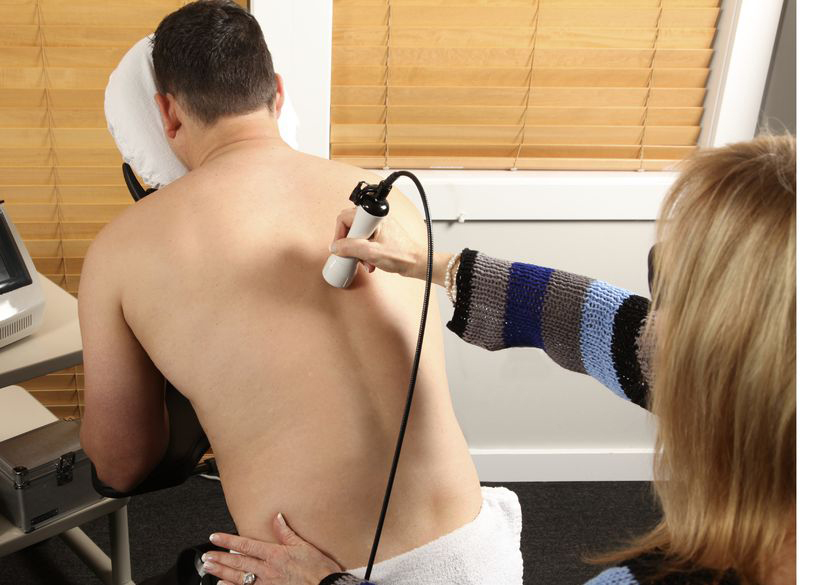Pain Management Lasers: A Non-Invasive Approach to Relief
Pain Management Lasers: A Non-Invasive Approach to Relief
Blog Article

Chronic pain can significantly impact an individual's quality of life, limiting mobility, disrupting sleep, and affecting mental well-being. While various pain management strategies exist, many involve medications with potential side effects or invasive procedures. Pain management lasers offer a non-invasive and increasingly popular alternative for those seeking relief. This article explores how these lasers work, their applications, and the benefits they offer in the realm of pain management.
Unlike surgical lasers that cut or ablate tissue, pain management lasers, also known as therapeutic lasers or low-level lasers, utilize specific wavelengths of light at low power. This process, known as photobiomodulation, interacts with tissues at a cellular level, triggering a cascade of beneficial physiological responses. The light energy is absorbed by chromophores, molecules within cells, initiating a photochemical reaction that stimulates cellular activity.
One of the primary mechanisms by which pain management lasers alleviate pain is by reducing inflammation. Chronic inflammation is often a key contributor to persistent pain. Laser therapy modulates the inflammatory response, decreasing the production of pro-inflammatory cytokines and increasing the production of anti-inflammatory cytokines. This helps to resolve the underlying inflammatory process, rather than simply masking the symptoms.
Furthermore, these lasers stimulate the release of endorphins, the body's natural painkillers. Endorphins bind to pain receptors, reducing the perception of pain. This provides a natural and effective form of pain relief without the potential side effects associated with opioid medications. Improved blood circulation is another important benefit. Laser therapy promotes vasodilation, increasing blood flow to the affected area. This delivers essential nutrients and oxygen to damaged tissues, facilitating healing and reducing pain. Simultaneously, it removes metabolic waste products that can contribute to pain and inflammation.
Pain management lasers have a wide range of applications, effectively treating various conditions, including:
Musculoskeletal pain: This includes conditions like back pain, neck pain, osteoarthritis, tendonitis, carpal tunnel syndrome, and sports injuries. The laser therapy helps to reduce inflammation, promote tissue repair, and alleviate pain.
Neuropathic pain: Nerve pain, often challenging to treat, can be effectively managed with laser therapy. It can help to reduce nerve inflammation and improve nerve function.
Inflammatory conditions: Conditions like bursitis, plantar fasciitis, and rheumatoid arthritis can benefit from the anti-inflammatory effects of laser therapy.
Post-surgical pain: Laser therapy can be used to manage pain after surgery, promoting healing and reducing the need for pain medication.
The non-invasive nature of pain management lasers is a significant advantage. Treatments are typically painless, non-thermal, and involve simply applying the laser to the affected area. There is no downtime associated with laser therapy, and patients can typically resume their normal activities immediately following a treatment session. This makes it a convenient and accessible option for individuals seeking pain relief.
While laser therapy is generally safe, it is essential to seek treatment from a qualified healthcare professional trained in its use. Proper assessment and treatment protocols are crucial to ensure safe and effective outcomes. The dosage, frequency, and duration of treatment will vary depending on the individual's condition and response.
Pain management lasers represent a significant advancement in the treatment of chronic pain. By addressing the underlying causes of pain, promoting healing, and offering a non-invasive approach, laser therapy provides a valuable alternative to traditional pain management methods. As research continues to expand our understanding of photobiomodulation, we can expect even more innovative applications of pain management lasers to emerge, offering hope and relief to those suffering from chronic pain. This technology is paving the way for a future where pain management is more targeted, effective, and less reliant on pharmaceuticals.